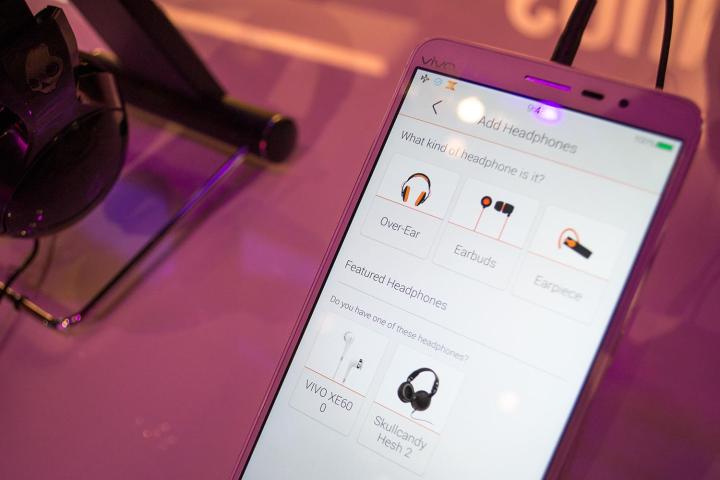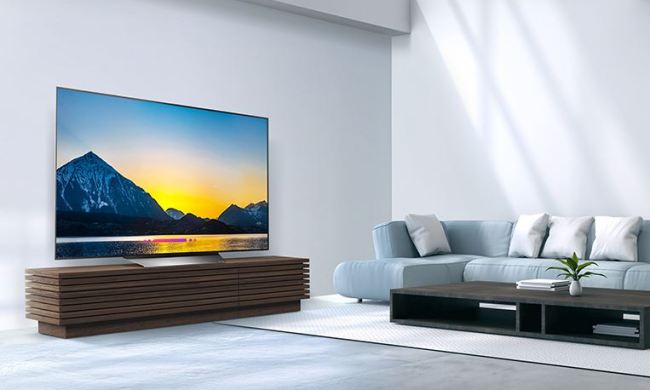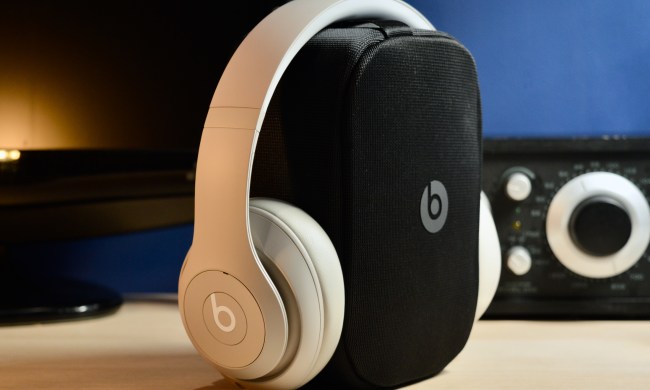
We just got back from the DTS booth here at CES 2014, where everything is all about Headphone:X. The company’s striking virtual surround sound algorithm, which is able to turn standard stereo headphones into visceral 11.1 surround sound powerhouses, took some big leaps forward this year, and we went ears-on to see what all the hype was about.
First, the team brought us into a darkened theater where, just like last year, the switch from the room’s actual 11.1 speaker configuration to the supplied stereo headphones was so convincing, we had to pull the ‘phones off to make sure we weren’t still hearing the speakers that encircled us bleeding through the ear cups. The spacing, orientation, and detail is spectacularly realistic.
But new this year, and perhaps just as exciting for serious audio enthusiasts, is the Headphone:X personalization feature. The feature is designed to optimize all sound run through DTS’ Headphone:X application for mobile devices, adjusting the sound for your own personal preferences, biological configuration, and any hearing damage that may have occurred during your journey through the tumultuous world we live in. With five easy spins of a virtual dial, we quickly had a savable profile designed just for us, which could be stored on the device, or in the cloud to take anywhere.
While we were somewhat skeptical of how well the new feature would work, it wasn’t long before we became believers. Listening to surround sound content via a mobile device, Headphone:X again brought the sound to life with a striking level of spacing and pinpoint orientation. But adding our newly tailored personalization profile into the mix brought the experience to a whole new level, adding more detail, better dimension, and a host of nuances . In short, the audio that was basically “mixed” just for us, was a whole lot better.

In addition to the new personalization engine, DTS has also added a tuning program this year for partnering headphone companies, helping brands like Skull Candy and Panasonic enhance their products for use with Headphone:X, while also keeping their own signature sound. The company expects several other companies to sign on as the program expands.
DTS wants Headphone:X to go wherever you do in hopes that the system will become ubiquitous throughout the mobile landscape, placing it into phones and tablets with embedded hardware, as well as offering it as a stand-alone software algorithm. Right now the application comes in select phones from Chinese mobile manufacturer Vivo, and it hopes to continue that trend into bigger players in the segment in the future. If it can accomplish its goal, DTS could create a new boon for surround sound and stereo content consumption over mobile devices, bringing all of us a better listening experience from any old pair of headphones.
Highs
-
Visceral virtual surround
-
Optimization adds another level of enhancement
-
Application easy to use
Lows
- Not yet widely distributed


